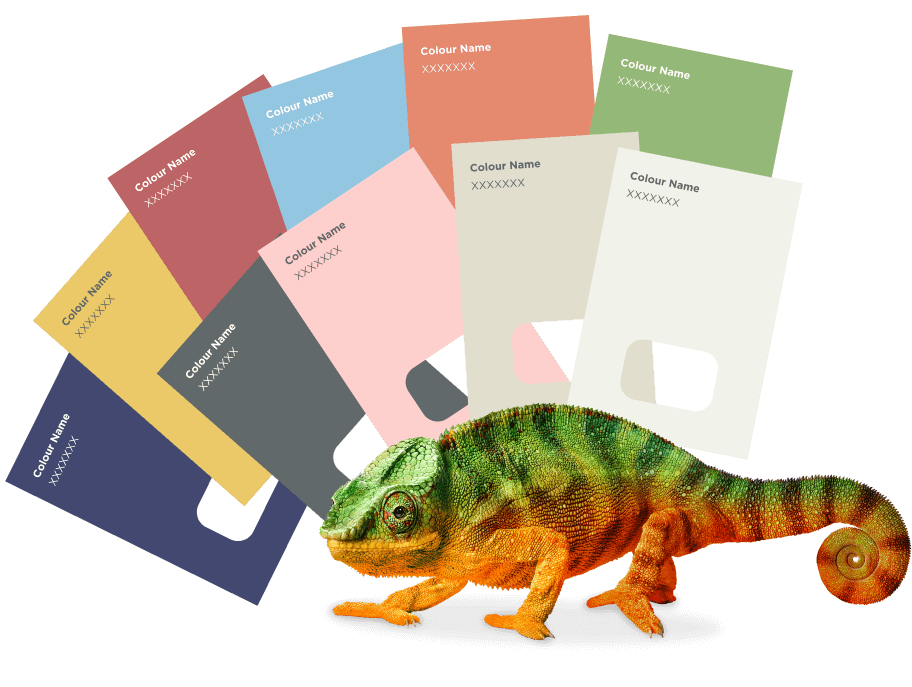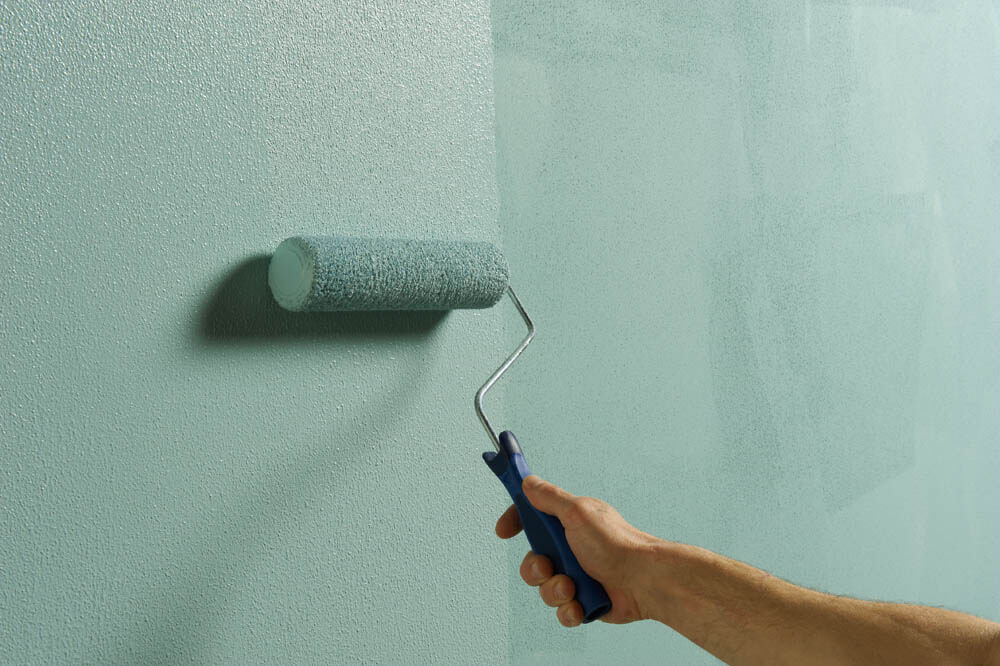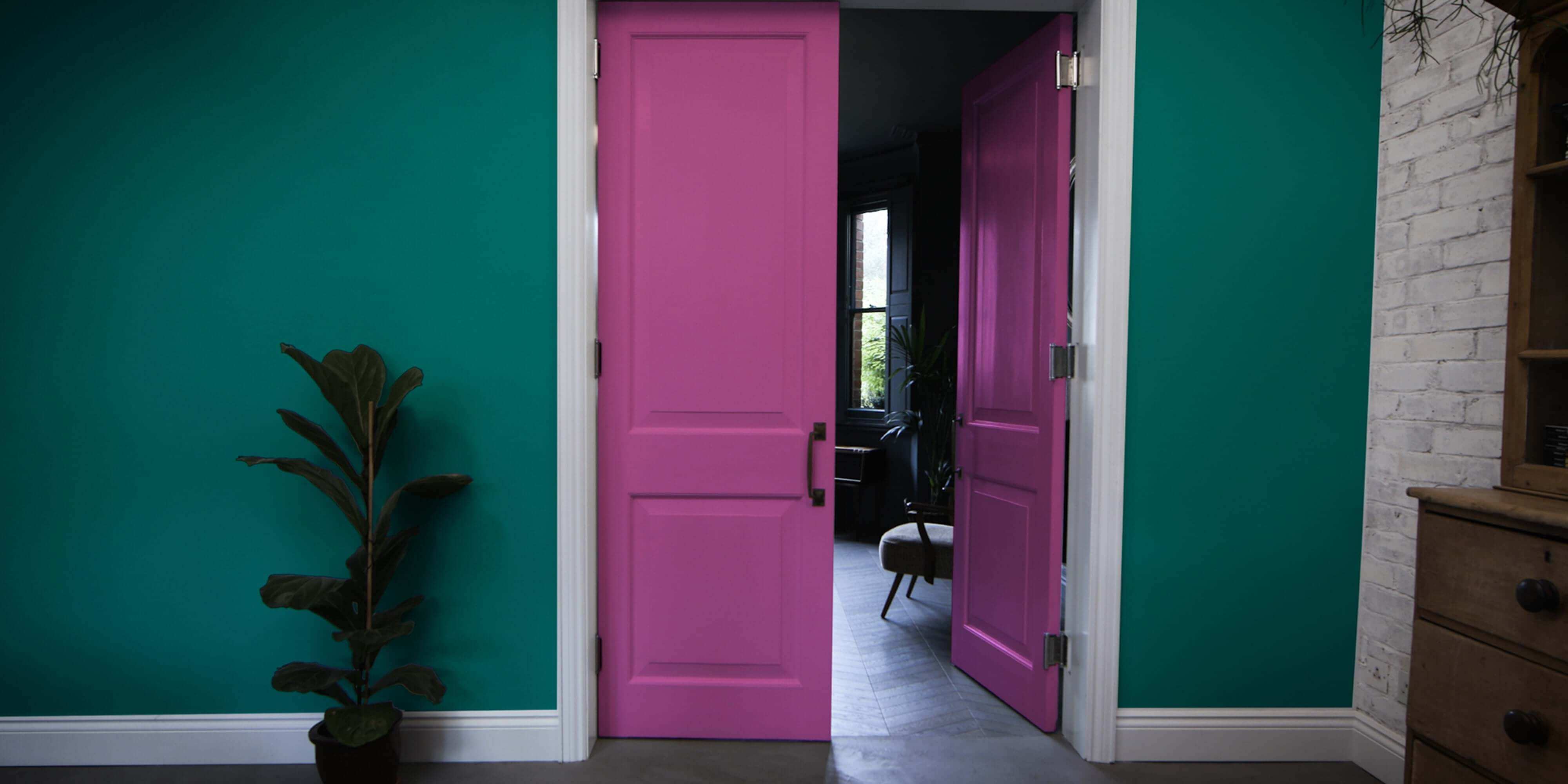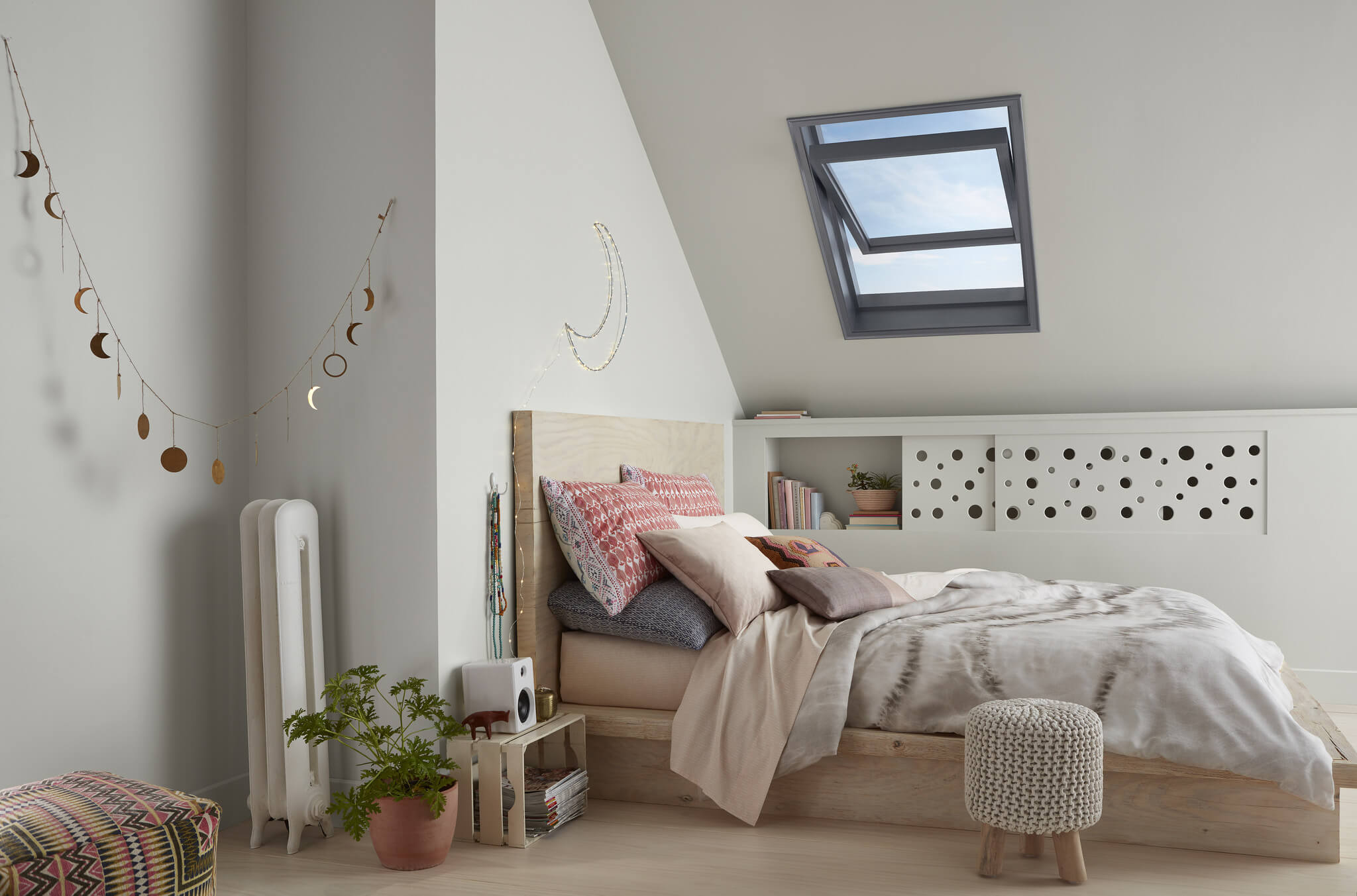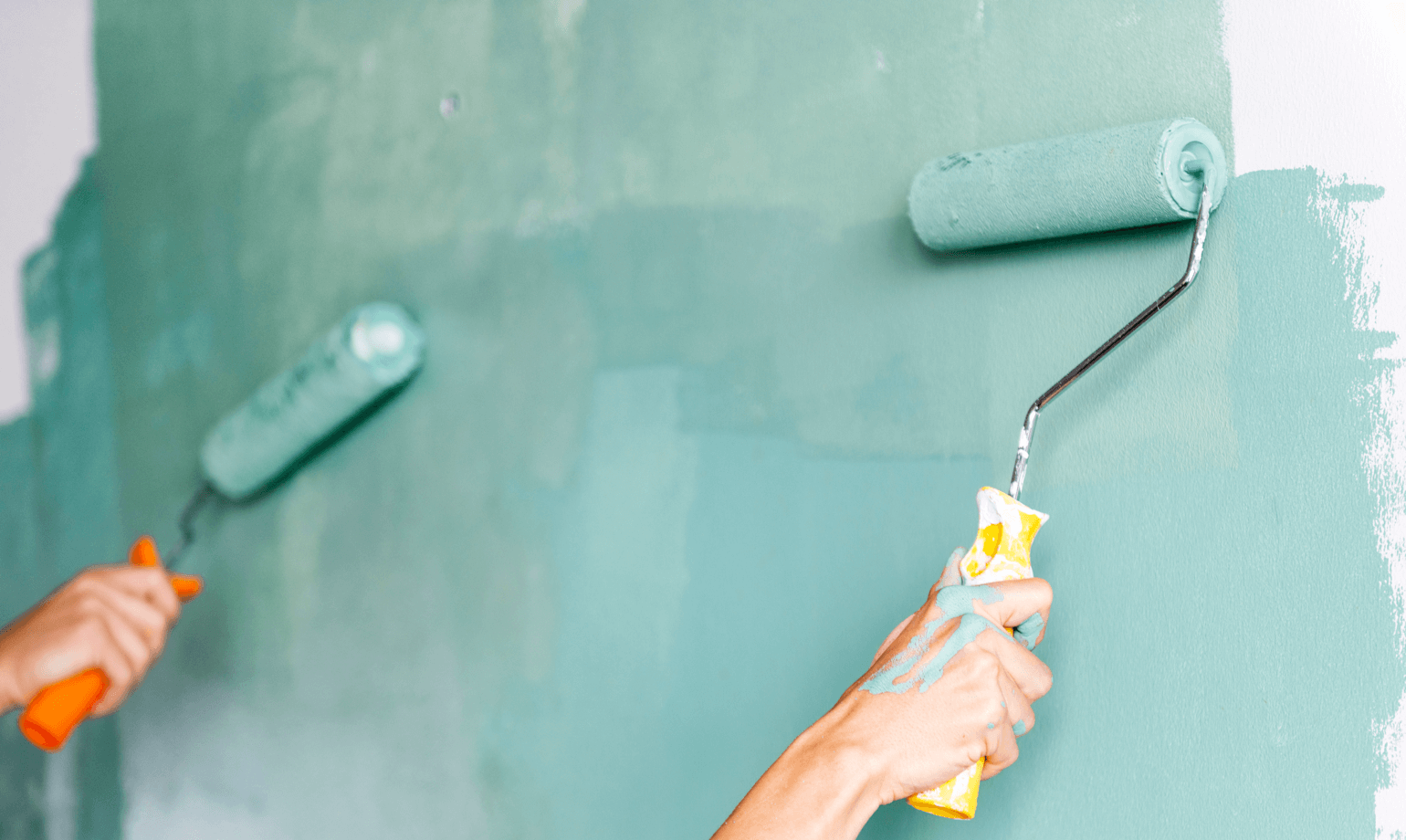
How to paint over gloss
Gloss paint used to be the standard for wood, adding colour with a protective and durable shiny coating. But matte finishes are becoming increasingly popular, and gloss has taken a back seat.
Because gloss is shiny and designed to be hard-wearing, painting straight over it won’t work, and the paint won’t stick.
But with the proper preparation, gloss is easy to paint over.
1. Prepare the area
Move any furniture blocking what you want to paint and put down dust sheets to prevent paint from getting on the floor.
Use decorator’s tape to protect surfaces and create beautifully smooth lines. Put this on areas like light switches, just above your skirting board (to protect the wall) or on the wall immediately below cornices.
Make sure the room is well ventilated.
2. Clean the gloss
Use sugar soap and a clean sponge to wash the surface. Directly apply the sugar soap to the gloss and lightly scrub to eliminate all the grease, dust and dirt. Work in small sections to make sure you’ve thoroughly cleaned it.
Then use water and a clean rag to wash off the sugar soap residue. If you don’t properly wash off the sugar soap, your paint might dry patchy.
Let it dry.
3. Sand
Sanding creates fine scratches in the gloss, which gives the paint a rough texture to stick to. This doesn’t mean it’ll dry rough, though.
If you’re painting intricate cornices, single sheets of sandpaper will make it much easier to get into all the little nooks and crannies.
Wipe down the dust with a damp clean cloth and let it dry.
4. Prime
Just like sanding, primers help the topcoat stick evenly and give you a better durable finish in the long run.
Primers also help you cut down on the number of topcoats you need in the long run.
Choose a suitable primer based on the surface you’re painting. For example, gloss is mainly used on wooden skirting boards or ceiling cornices, so a specialist wood primer is the best choice.
Use a paintbrush or roller to apply the primer. One coat should be enough but check the instructions for detailed guidance.
5. Paint
Just like the primer, use a paint that’s designed for the surface you’re painting. For wood, our Premium Wood & Metal is incredibly scrubbable, stain-resistant and non-yellowing, so ideal for skirting boards.
Thoroughly stir the paint, ensuring all the colour is mixed. Then, apply it using the same method as the primer. If you’re making a drastic colour change, you might need two coats or more for complete coverage.
With a range of 2,000 colours to choose from, our curated collection of pre-selected colours gives you enough choice to find your dream shade.
Find your favourite shade and order colour chips for a true-to-life sample.


